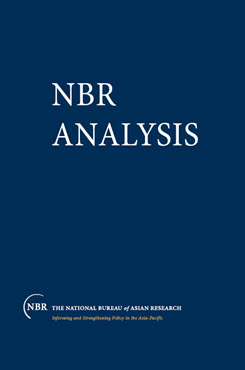NBR Analysis vol. 19, no. 4
Aspects of Islamism in South and Southeast Asia
Since the rise to prominence of transnational terrorist networks such as al Qaeda and Jemaah Islamiyah after September 11, there has been heightened international interest in the evolving nature of these networks and their influence on local Islamist groups in South and Southeast Asia. Changes in the organization, leadership, ideological orientation, and geographical reach of these local groups may correlate to increased radicalization or the rise of moderate currents within them. Such developments have significant implications for state stability and regional security. In this issue of the NBR Analysis, Animesh Roul explores the rising menace of Islamic extremism in South Asia while discussing key terrorist groups, networks, and emerging terrorism trends throughout the region. Joseph Chinyong Liow identifies and analyzes broad political trends emerging in Muslim Southeast Asia in recent years. Drawing from the analyses and findings emerging from these two essays, Robert W. Hefner provides an introductory overview of Islamism in South and Southeast Asia while offering significant policy implications for the United States in both regions.


